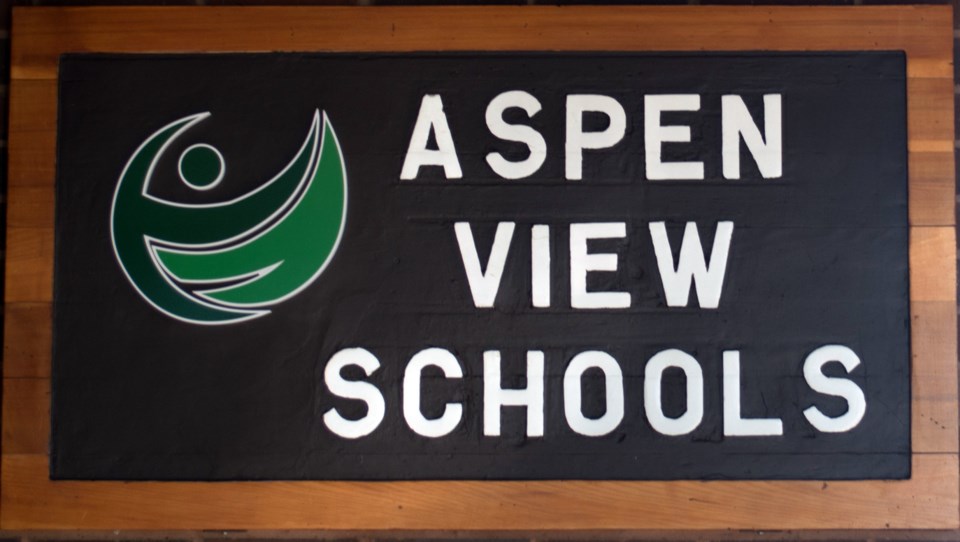ATHABASCA – Rising transportation costs, shifting government funding and a smaller student population are driving Aspen View Public Schools' (AVPS) deficit budget for the 2025-26 school year, which the division is covering with a withdrawal from its reserves.
During the May 22 board meeting, the board trustees unanimously passed the budget, which features a $254,000 deficit, down from the $499,475 deficit the division ran in the 2024-25 school year.
Overall, revenue rose more than expenses did compared to last year’s budget, but the change wasn’t enough to get the division back in the black.
The biggest expense for the division is instruction, which accounts for $30 million of the $44 million dollars AVPS spends each year. Plant operations and maintenance are good for $6.3 million, and the ever-growing cost of transportation means $5.58 million will go towards getting the 1,815 students who rely on buses to and from school each day.
While the division will receive less provincial funding for students, an extra $345,000 for operations and maintenance and an extra $80,000 for transportation helped shore up the pitfalls Aspen View was facing.
Changes to the provincial funding model, which moved to a two-year enrolment calculation instead of the previous three-year model, mean divisions that see declining enrolment — AVPS is projecting 80 fewer students for the upcoming year — will receive less funding than they would have previously.
Despite the deficit, AVPS is projecting a reduction of only 1 full-time equivalent staff position going from 161.2 active teachers in 2024-25 to 160.2 in 2025-26, although that number is still subject to change.
So far, Aspen View is expecting to have 8.6 less FTE for support staff than they did last year, due to changes to enrolment numbers falling and Jordan's Principle uncertainty. Despite that, Nikipelo said she felt the division was moving in a good direction when it came to staffing.
“We can be pretty proud that we haven’t had to do big cuts even though our enrolment is down 80 students; that’s pretty darn significant for Aspen View,” said Nikipelo
Transportation Breakdown
Transportation costs continue to be a large deficit for the division, with the actual costs to provide bussing for students exceeding the fees and provincial funding by half-a-million dollars.
“Transportation for rural Alberta, and urban centres to, is severely underfunded,” said Nikipelo in a May 29 interview.
“When I first became a board trustee, there were no transportation fees. We’ve had to baby step a little bit to be in line with other divisions.”
Trustees voted to increase transportation costs by $25 for eligible riders and school of choice students (going from $75 to $100 each) and $50 for non-eligible and alternate riders (going from $200 to $250 each.)
Nikipelo justified the increases by pointing to other divisions; according to research done by the administrative staff, Aspen View is still on the lower end when compared to 13 other divisions. The average costs for eligible riders were $215, and about $350 for non-eligible riders.
In total, the division buses approximately 70 per cent of its students through contracts with 10 different operators across 60 bus routes. Some 66 per cent of its contracts are with Sparksman Transportation and they’re negotiated each year, meaning they’re very prone to inflationary pressure.
“Every year they come back with a little bit more; their own costs are going up from insurance, to fuel, to parts, and then after that there’s still all the smaller contractors,” said Nikipelo.



